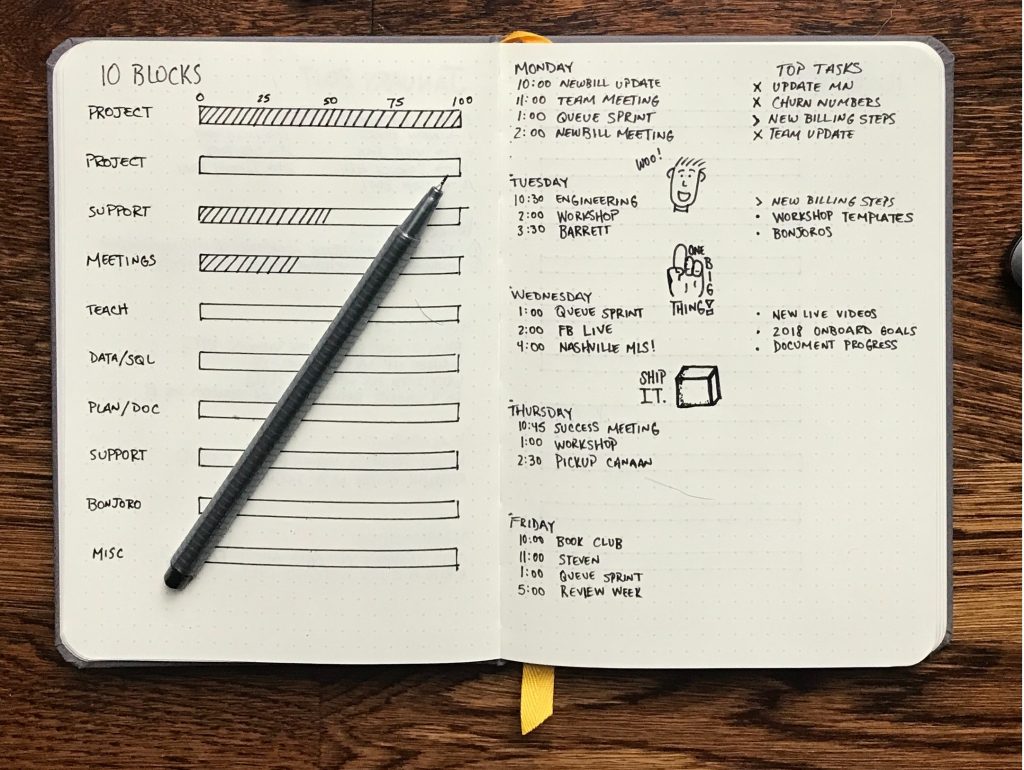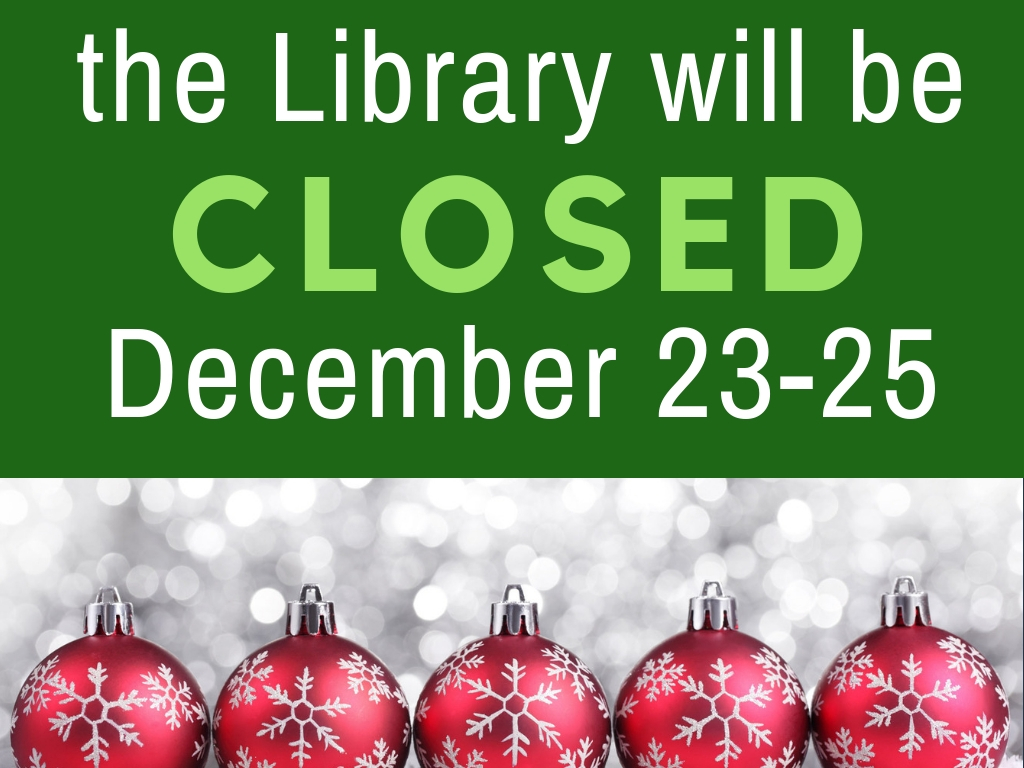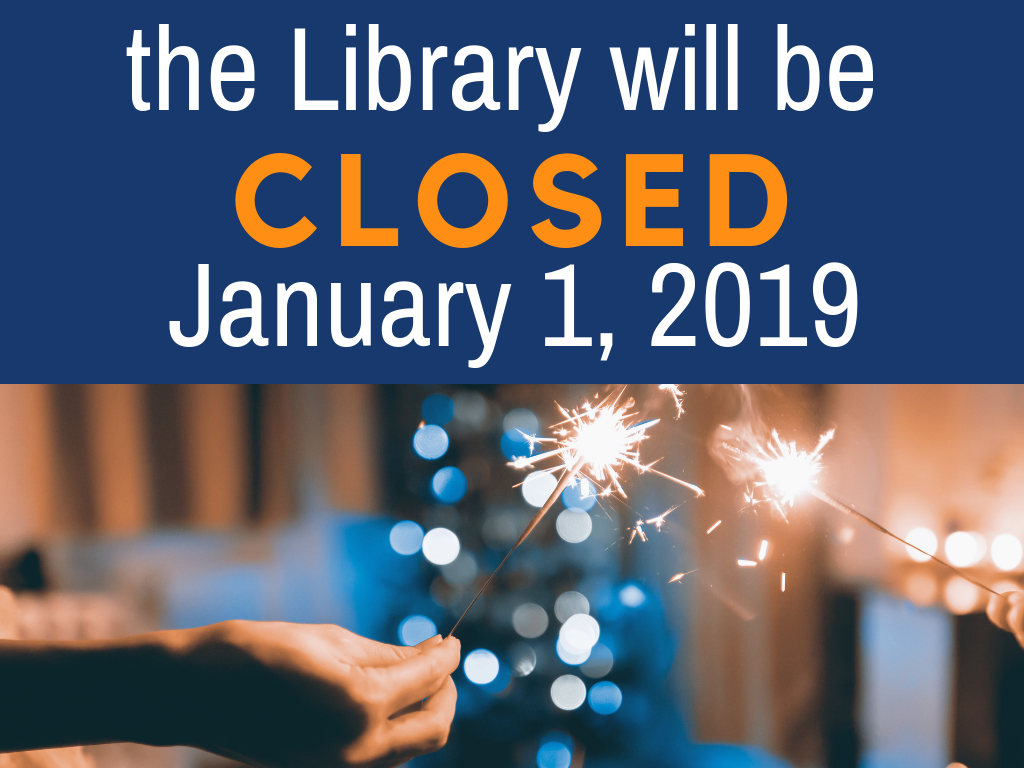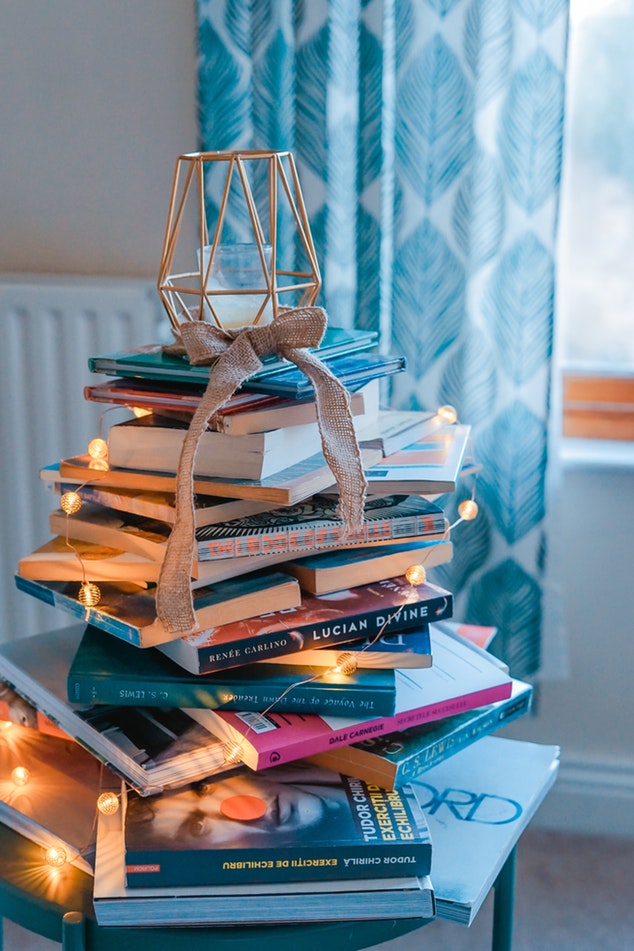Library
Read On! Bullet Journals
Bullet journaling, habit tracking, and life planning are all terms for the popular phenomena of using good old fashioned pen and paper to keep track of your life. Whatever you call it or whatever kind of vessel you use, designing templates to track various aspects of our lives is a big deal right now.
I did a quick survey of the staff working at the time of this writing and all of seven of us use some sort of analog system to record our daily lives. We use our various journals and planners to track a wide array of things – to do lists, car maintenance, habits to be formed, daily moods, bills paid, books read, and more.
Most of us have special pens we use in our notebooks or planners and have chosen to decorate the pages where we track the various things we want to record before we start using them. Some of us like to use stickers, others draw freehand or with stencils. All of us have taken time to think about what we’re tracking and devote a space for those things in our journals or planners.
I struggle with the difficulty of translating a vision of art onto paper, so my planner is not very pretty. I was feeling a little glum about that fact this morning, but then I remembered that the library has a collection of scrapbooking tools. It’s not an extensive collection, but if you’re looking for a free way to spruce up your planner or bullet journal (or do some actual scrapbooking), we’ve got fun stamps, fancy edge scissors, and paper punches that you can check out or use in the library. I’m excited to use some of the paper punches to make my own stencils.
If you’re interested in starting your own bullet journal or habit tracker, keep an eye out in the next few months for a workshop on this very topic. Our adult classes and events are the second Thursday of every month at 7 PM.
Read On! Beginnings
The new year is upon us! If you’re like most people, the new year is a time of new beginnings. A time when we wipe the slate clean. A time when we decide/resolve to try new things, hone your skills, and improve your life.
Lucky for you, your library can make achieving these goals easier and a lot less expensive. We are your source for resolution resources!
Want to learn a new skill? Try our DIY online resources. They cover everything from home maintenance and repair to crafting how-tos. The written instructions include detailed pictures and the video instructions are as good as YouTube but without commercials.
Want to learn a new language? Check out Mango through your computer or their app. With more than 70 languages to choose from, you’re sure to find something fun to learn. Our nonfiction collection (specifically the 400s) also includes several languages.
Want to get organized and declutter your home? Our nonfiction collection (specifically the 648 area) has you covered! We have popular titles like “The Life-Changing Magic of Tidying Up” and more generalized titles that will help get you started.
Want to eat healthier? Or perfect a new style of cooking? We have cookbooks for days! They range from specialized diet cooking to cookbooks by famous chefs.
We even have resources for money management, exercise, etc. And of course, we have plenty of material for even the most strenuous reading challenges!
If your goals for 2019 include making friends or being more social, don’t miss out on our adult workshops and events. Join us the second Thurs. of each month (Feb. through Apr.) at 7 PM for a mixture of speakers and crafts. Don’t forget about our Books and Brews Club the 1st Sat. of each month at Fat Toad Brewing! We’ll discuss “Soulless” by Gail Carriger this Sat.
Library Holiday Hours
The Library will be closed December 23-25, 2018, and January 1, 2019. But we’re always open online; check out the online library for ebooks, downloadable audiobooks, and streaming movies, even while our physical building is closed!
Read On! Reader’s Advisory
If you’re on social media and follow any bookish pages or bookish friends, you have likely heard of the Icelandic tradition “Jolabokaflod,” or “Christmas Book Flood,” where everyone gives books on Christmas Eve and then spends the rest of the night reading. This is a tradition I can get behind and may try this year.
Selecting just the right book for a family member or friend can be stressful. To help ease that stress and to avoid even more spending during this gift-buying season, our family’s twist on the Christmas Book Flood tradition will be to check out library books instead of buying new books. Plus, my TBR (To Be Read) pile of books I own is as tall as I am!
If you’d like to have a Christmas Book Flood or a book flood at any other time of the year and need help picking just the right books, you should talk to us. One of the things your library staff does well is help readers find good books. (The fancy library term for this is called “Readers Advisory” and the way we conduct Readers Advisory is through what fancy libraries call a “Reference Interview.”)
To do a proper Reference Interview we will ask you questions like “What books (or movies or video games) have you liked in the past? Why did you like those things? What are you in the mood for today?” and so on. It is helpful to us if you also tell us anything you definitely do not want to read.
After we’ve asked our initial questions, we will likely start making suggestions. “Have you read…?” or “How do you feel about this genre?” and the like. Because tastes vary and we all have our strengths, we may ask other staff to help you. Generally, I’m good at recommending fantasy books, Jacinda does horror, and so on. (Marie knows all the books, by the way.) So, if you need something to read or buy for a friend, come see us!





